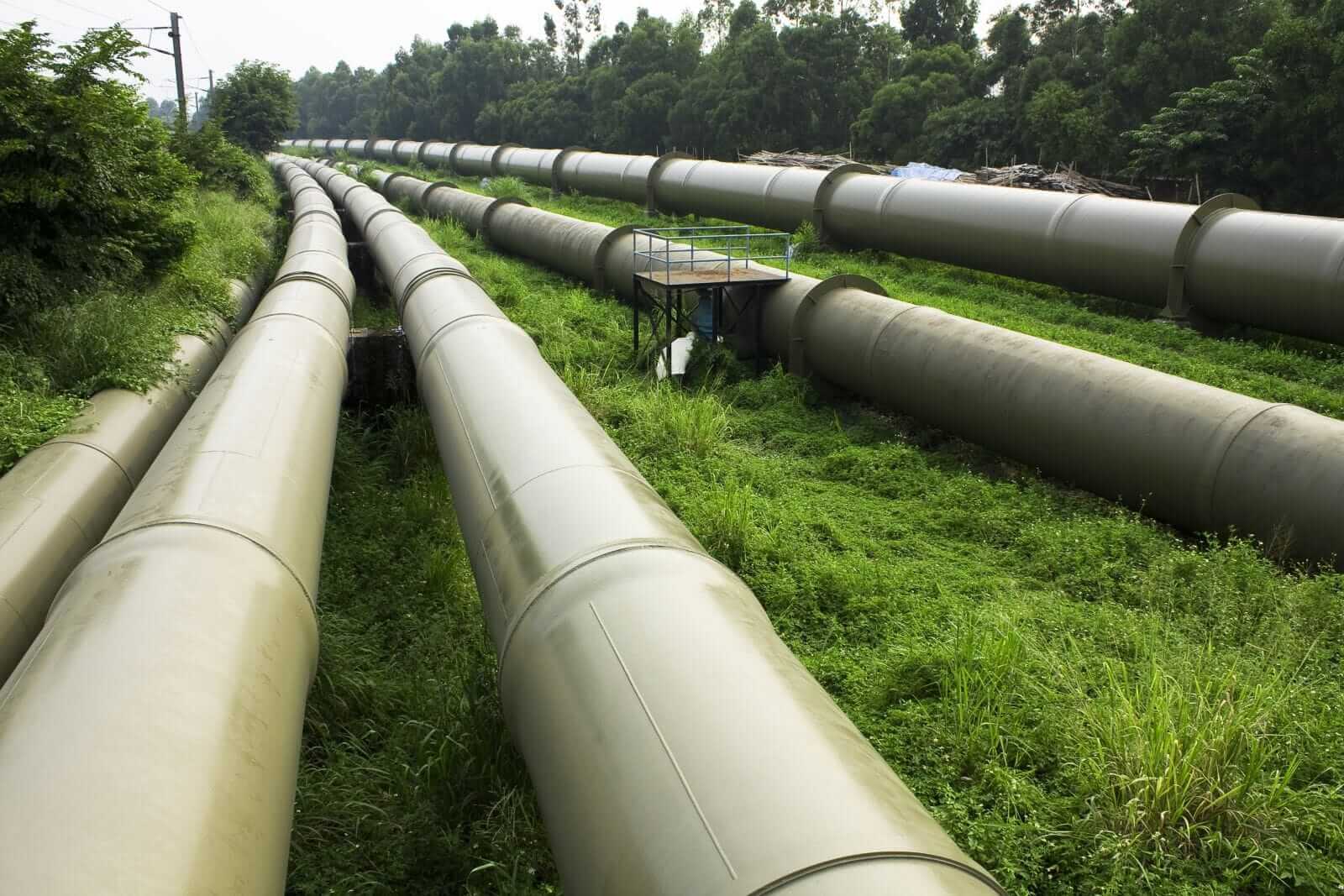
August WTI crude oil (CLQ25) today is up +0.02 (+0.03%), and August RBOB gasoline (RBQ25) is down -0.0114 (-0.53%).
Crude oil prices today gave up an early advance and are little changed, amid concerns that Iraq will soon boost its crude exports after approving a plan for its semi-autonomous Kurdish region to resume crude exports through the Iraq-Turkey pipeline.
Crude price today initially moved higher due to a weaker dollar. Also, today's action by the European Union to ramp up sanctions on Russian crude exports may curb global oil supplies and is bullish for crude. In addition, stronger-than-expected US economic news today indicates a robust economy that supports energy demand and crude prices.
Weighing on crude is the outlook for Iraq to boost crude exports from its northern Kurdish region through the Iraq-Turkey pipeline, where oil exports have been halted since March 2023. The Iraqi government approved a plan for the semi-autonomous Kurdish region to resume oil exports. Kurdistan expects to supply Iraq's crude market with 230,000 bpd of crude once exports resume. Iraq is OPEC's second-biggest oil producer.
Crude prices found support today after the European Union approved fresh sanctions on Russian crude exports and its energy trade over its war in Ukraine. The sanctions package includes cutting off 20 more Russian banks from the international payments system SWIFT, as well as restrictions imposed on Russian petroleum refined in other countries. A large oil refinery in India, part-owned by Russia's Rosneft PJSC, was also blacklisted. Additionally, 105 more ships in Russia's shadow fleet were sanctioned, bringing the total number above 400 ships.
Signs of strength in the US economy are bullish for energy demand and crude prices. Jun housing starts rose +4.6% m/m to 1.321 million, stronger than expectations of 1.300 million. Also, Jun building permits, a proxy for future construction, unexpectedly rose +0.2% m/m to 1.397 million versus expectations of a -0.5% m/m decline to 1.387 million. In addition, the University of Michigan US July consumer sentiment index rose +1.1 to a 5-month high of 61.8, stronger than expectations of 61.5.
Concern about a global oil glut is negative for crude prices. On July 5, OPEC+ agreed to raise its crude production by 548,000 barrels per day (bpd) beginning August 1, exceeding expectations of a 411,000 bpd increase. Saudi Arabia also stated that additional similar-sized increases in crude output could follow, which is viewed as a strategy to reduce oil prices and penalize overproducing OPEC+ members, such as Kazakhstan and Iraq. OPEC+ is boosting output to reverse the 2-year-long production cut, gradually restoring a total of 2.2 million bpd of production by September 2026. On May 31, OPEC+ agreed to a 411,000 bpd increase in crude production for July, following the same 411,000 bpd hike for June. June crude production rose +360,000 bpd to a 1.5-year high of 28.10 million bpd.
In a supportive factor for oil prices, Bloomberg reported last Thursday that OPEC+ is discussing a pause in further production increases from October, following its next monthly hike in September of 548,000 barrels. OPEC+ may be concerned about a slowdown in global oil demand in the second half of this year that could lead to a supply glut if the group keeps boosting production. The International Energy Agency said inventories have been accumulating at a rate of 1 million bpd and that the global crude oil market faces a surplus by Q4-2025 equivalent to 1.5% of global crude consumption.
A decrease in crude oil held worldwide on tankers is bullish for oil prices. Vortexa reported Monday that crude oil stored on tankers that have been stationary for at least seven days fell by -4.6% w/w to 78.03 million bbl in the week ended July 11.
Wednesday's weekly EIA report showed that US crude inventories in the week ended July 11 fell by -3.859 million bbls, the first draw in three weeks. Gasoline inventories rose +3.399 million bbls, and distillate inventories rose by +4.173 million bbls. The EIA report showed that (1) US crude oil inventories as of July 11 were -8.0% below the seasonal 5-year average, (2) gasoline inventories were -0.1% below the seasonal 5-year average, and (3) distillate inventories were -21.1% below the 5-year seasonal average. US crude oil production in the week ending July 11 fell -0.1% w/w to 13.375 million bpd, modestly below the record high of 13.631 million bpd posted in the week of 12/6/2024.
Baker Hughes reported last Friday that the number of active US oil rigs in the week ending July 11 decreased by -1 rig to a new 3.75-year low of 424 rigs. Over the past 2.5 years, the number of US oil rigs has fallen sharply from the 5.25-year high of 627 rigs reported in December 2022.
On the date of publication, Rich Asplund did not have (either directly or indirectly) positions in any of the securities mentioned in this article. All information and data in this article is solely for informational purposes. For more information please view the Barchart Disclosure Policy here.






